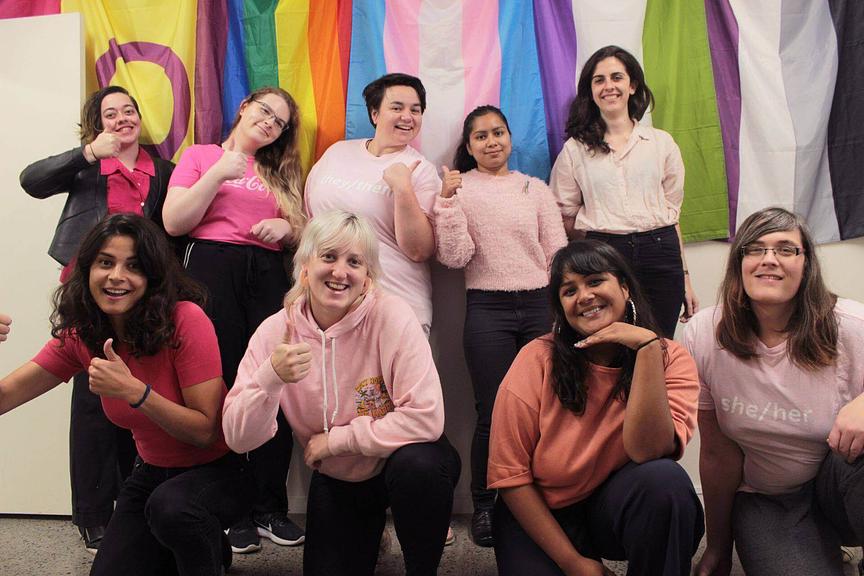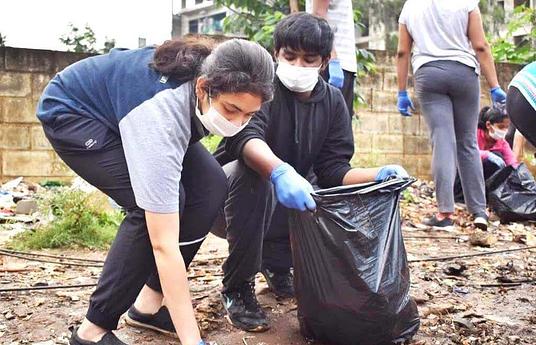As more students and educators come out as lesbian, gay, bisexual, transgender, queer/questioning, intersex, asexual and otherwise diverse in their sex, gender or sexuality (LGBTQIA+), schools and educators are seeking to foster more supportive environments. To do so, educators say they need high quality resources to support this work. Additionally they need guidance on effective approaches, lesson ideas and guides, and particular strategies to construct a conducive learning environment as well as guidance on pitfalls to avoid. Inside Out - We All Belong provide this support. Watch a trailer introducing the resources here.
The resources arethe result of a collaboration between an LGBTQIA+ youth organisation, a teacher-professional development expert, and a communications agency specialising in non-profit work. Traditionally when schools wanted to address these areas they would ask an LGBTQIA+ youth organisation to visit classes and share stories and knowledge about sex, gender and sexuality diversity. However, this approach was limited to mainly metropolitan schools who had access to such organisations. These approaches also limited the narratives and stories of diversity that could be shared, as usually only one or two sex, gender or sexuality diverse people could attend each visit. Furthermore, a one-off hour-long visit limited the learning time and scope of such lessons. Concerns were also expressed that bringing external facilitators into a school for this topic could be seen as a tacit indication to students that this was an area external to the remit of their teachers.
The LGBTQIA+ youth organisation was very interested in an innovation that could support both their educators and teachers in schools to produce a more comprehensive learning experience that was more representative of the diverse sex, gender, and sexuality experiences. The teacher professional development expert was motivated to explore how pedagogical innovation and curriculum alignment could better support this work. The communications organisation was motivated to produce learning resources that were well designed and effective for a wide variety of young people. From this collaboration a co-design process was produced that involved more than 200 people at various stages to produce the resources. Co-designers included teachers from all year levels and a variety of curriculum areas, youth workers, social workers, teacher-union representatives, students and young people, and a range of relevant social-sector and government representatives who varied in ethnicity and social location.
The result is a set of short episodes that scaffold 13 diverse narratives together with foundational knowledge content and animation to facilitate discussion based learning. The pedagogy guide includes set-up guidance, lesson plans, and extension exercises. The critical pedagogy uses a norm-critical approach to deconstruct the oppressive norms that foster oppression rather than to blame individuals for participating in harassment and discrimination. The aim of the resources is to foster critical thinking, perspective taking, and empathy, ultimately leading to school-wide interventions to produce an inclusive and warm environment that is not limited by a range of oppressive norms.
The video episodes and teaching/facilitator resources available for free
andinclude seven short videos:
- Teacher/Facilitator Resource - a guide to using Inside Out
- Ep1) Gender, Sex & Sexuality
- Ep2) Transgender & Intersex
- Ep3) Diversity & Difference
- Ep4) Bullying & Homophobia/Transphobia
- Ep5) Respect & Responsibility
- Inside Out for students aged 10-12 years
Inside Out also comes with a Resource Pack, which includes:
- a) Episode Lesson Resources with class discussion ideas for each episode
- b) Glossary of Terms
- c) Pedagogy Guide to help a teacher/facilitator prepare before screening the episodes
The resources were launched in at the end of 2015 and won a prestigious award in the 2017 NZ Design Awards (social good category) as well as recording more than 20,000 website hits by 2018. The resources have been fully evaluated and recommended by the NZ Ministry of Education to schools in their LGBT+ Inclusive Education Guide.


